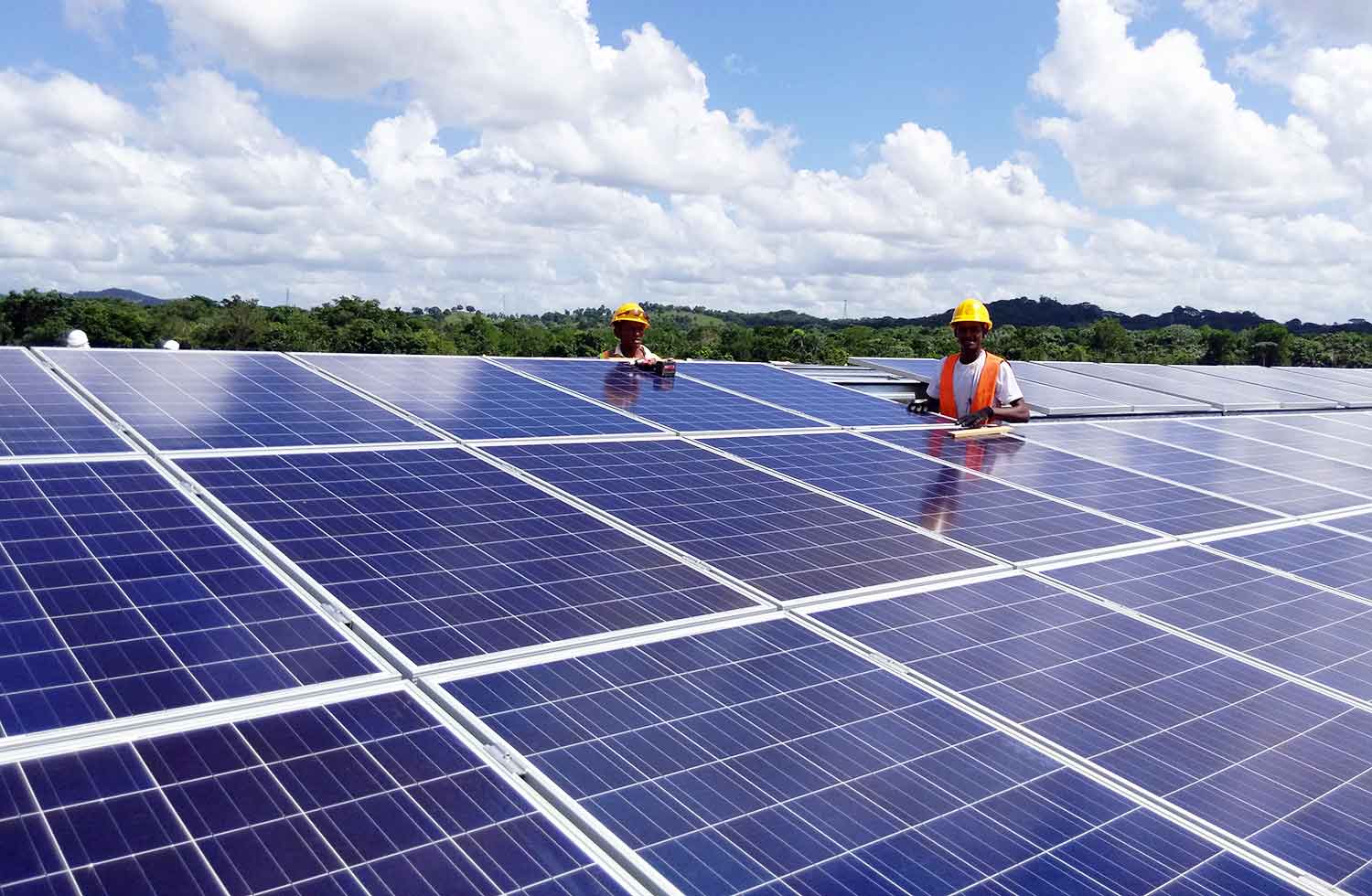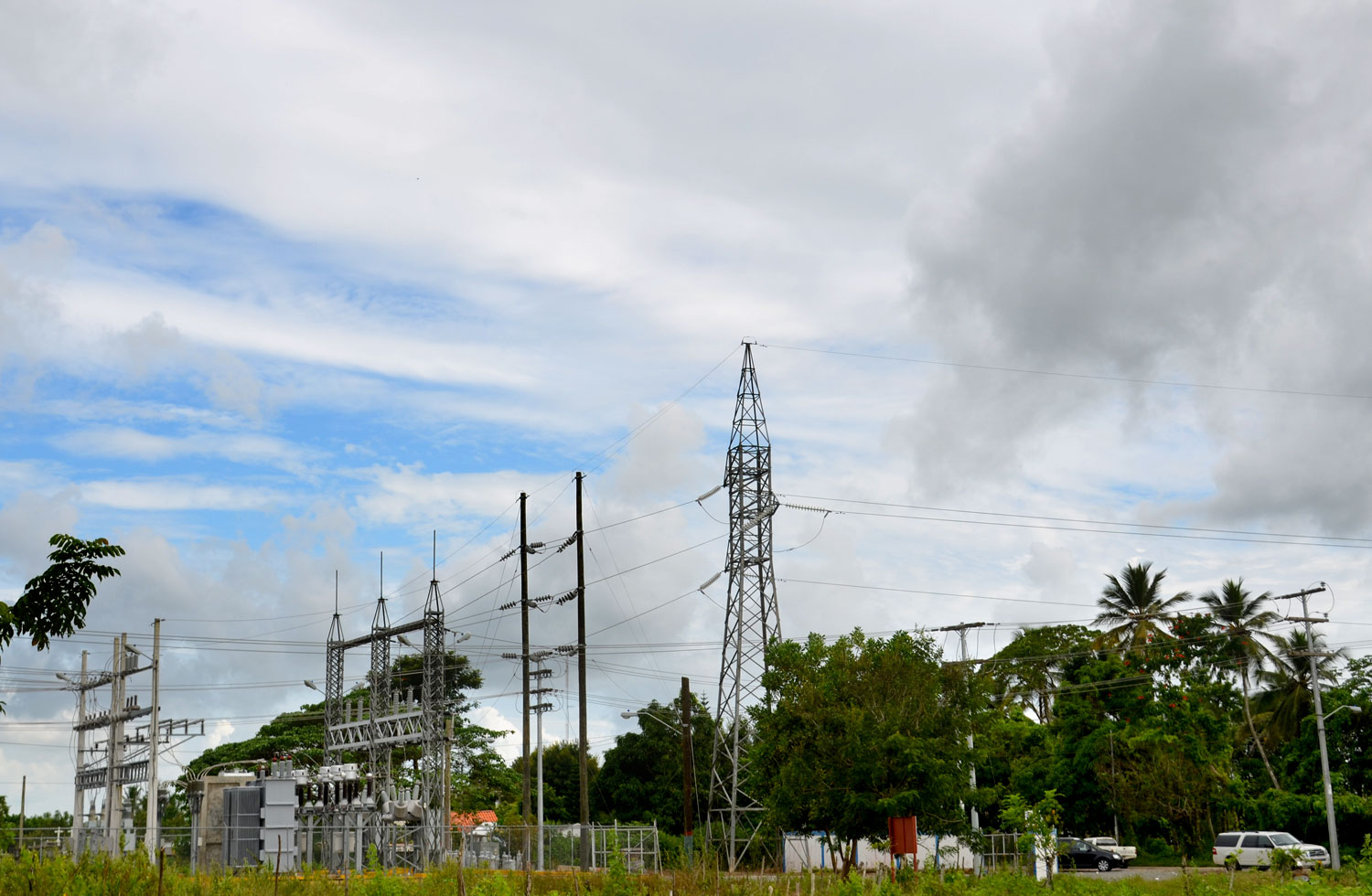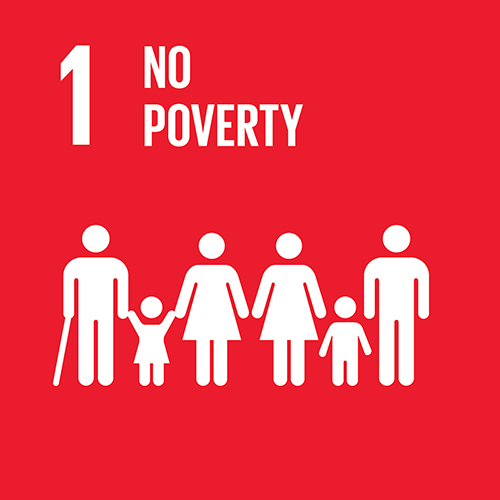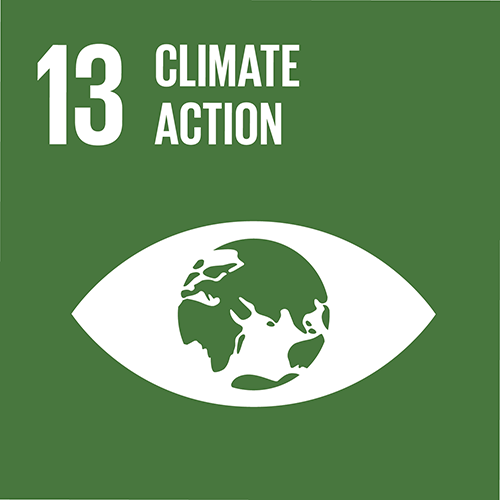Solar Power Plant Replaces Fossil Energy in the Dominican Republic
Project type: Solar
Project location: Dominican Republic
Project status: In operation, no credits available
Annual emission reduction of the whole project: 48,026 t
Installing a solar power plant in the Caribbean the project is an alternative to the fossil driven electricity fuel mix by sun power and furthermore creates local employment, a visitor center and a fund for social and ecological activities
The project activity consists in the installation of a 60 Megawatt photovoltaic Solar Energy Farm in the Monte Plata province in the Dominican Republic. The expected solar irradiation per year (with 1,490 kWh/kWp) is approximately one and a half times higher than in Switzerland. 100 Giga Watt hours (equals the consumption of 20,000 households in Switzerland) electricity will be produced per year thanks to this ideal solar radiation conditions.
It was the largest solar power plant in the Caribbean by 2010s and a first of its kind in the region. It produces renewable, local produce electricity for around 50,000 households in the Dominican Republic per year. Almost 70,000 t CO₂ will be reduced per year once the plant is fully constructed. This equals the burning of around 26 million liter fossil fuel.
The success of Monte Plata solar project increases local employment rate and raises the percentage of renewable energy for the Dominican Republic.
An assessment of environmental effects has been done. The owner is obliged to reforest outside the project area any if needed deforestation activity and to conserve an area next to a river adjacent to the project site. At least an equal amount of native flora is and will be replanted next to the project site and also a plantation of different plant species within the boundaries of the project site is mandatory. In addition, a visitor center will be installed next to the site to demonstrate renewable energy possibilities and to provide climate education. At least five percent of the income of carbon revenue will flow in a revolving fund managed by the community of Monte Plata dedicated for social and ecological activities and donations.
Five per cent of funds (community fund) has been used for the following activities so far (2021):
- Building of an educational centre on solar energy inside the Solar Plant
- Donation of a 100 kv photovoltaic power plant to the Central Hospital of the Forces Armed
- Recruitment of project workers in nearby locations
- Building capacities to the students of the Residential Electricity Assistant from the ‘Centro de Capacitación Aquino Leyba (CECAL)’ with the purpose of knowing the Monte Plata Solar Photovoltaic Park and learning about the operation and impact of this type of systems
- Continuous exchange with different stakeholders such as the community impacted by the project sharing information of the project and its social and ecological activities
Thanks to support from myclimate, it was possible to increase the attractiveness of the project for investors and thus achieve implementation. The project activity is financed by GES and operated by Soventix. The project owner is Grupo Pais.
What exactly are the CO₂ funds used for?
Even though the existing plant has already been built, it was possible thanks to the involvement of the carbon funds in the design phase of the project - which generates its main revenue from the sale of energy. These funds are also a source of income and have been supporting the project since 2015. Although the funds are not the main source of income, they are part of the revenue that ensures that the project continuously generaties renewable energy every year.
As mentioned in the Project Design Document, the project demonstrates its eligibility with the first guideline of its kind, which proves the importance of the CO2 funds for the realisation of this project, the first in the Dominican Republic. The funds were not enough to be the only decisive factor in the financial balance of the project, but they were a sufficient reserve to act as an additional source of payment for the investors and financial actors; this means that the carbon funds brought to the project greater stability in its financial performance, making it more attractive to investors. This is all the more true as it is a Gold Standard project, which improves the quality of any certificate generated and hence yielding in higher or more stable certificate prices required for access to investment and financing. Without the financial stability, the project activity would not have been implemented due to the prohibitively high investment costs compared to other, simpler investment alternatives in the electricity sector of the Dominican Republic.
It is worth noting that one of the SDG parameters being monitored is a percentage of the CO2 funds shared with the community for social activities.
Project partners and implementers
The project activity was financed under its first phase by GES and operated by Soventix. The second phase (completion of 60 MW) is financed by the new owner Grupo Pais.
Monitoring, reporting and verification (MRV)
The project has had double certification under the Clean Development Mechanism (CDM) and the Gold Standard until 2020. Since 2021 is registered only under the Gold Standard certification project activity. Gold Standard climate protection projects are monitored on an ongoing basis, meaning that the clean energy delivered from the project is measured and checked continuously using power meter calibrated and approved by the corresponding local agencies. The associated monitoring report is verified by an independent auditor and submitted to the Gold Standard as a verification report. The strict monitoring procedures, training and local support help to maintain high quality standards throughout the project, ensuring that the power plant is functioning. This ensures that the project is successful in the long term and that the emissions reductions generated by the project are correct. Please find more information under ‘Documentation’ below.
This project contributes to 5 SDGs*
*as at the end of 2024. Find out how myclimate reports these SDGs in our FAQ.
The following SDGs are verified by the Gold Standard:
5 per cent of the income from carbon credits goes into a community fund for social and environmental activities.
People are being trained on different aspects of the project, also with the help of the educational centre.
264,000 pieces of solar modules have been installed (equivalent to 50 football pitches). 417 GWh of renewable energy has been delivered to the grid until 2024.
The project created 64 long-term and 43 temporary jobs (100 men and 7 women) and 200 jobs were created during the construction phase.
29,000 tonnes of CO2 are saved per year.
Situation without project
National electricity fuel mixDocumentations
Project standard

Project number
7171















